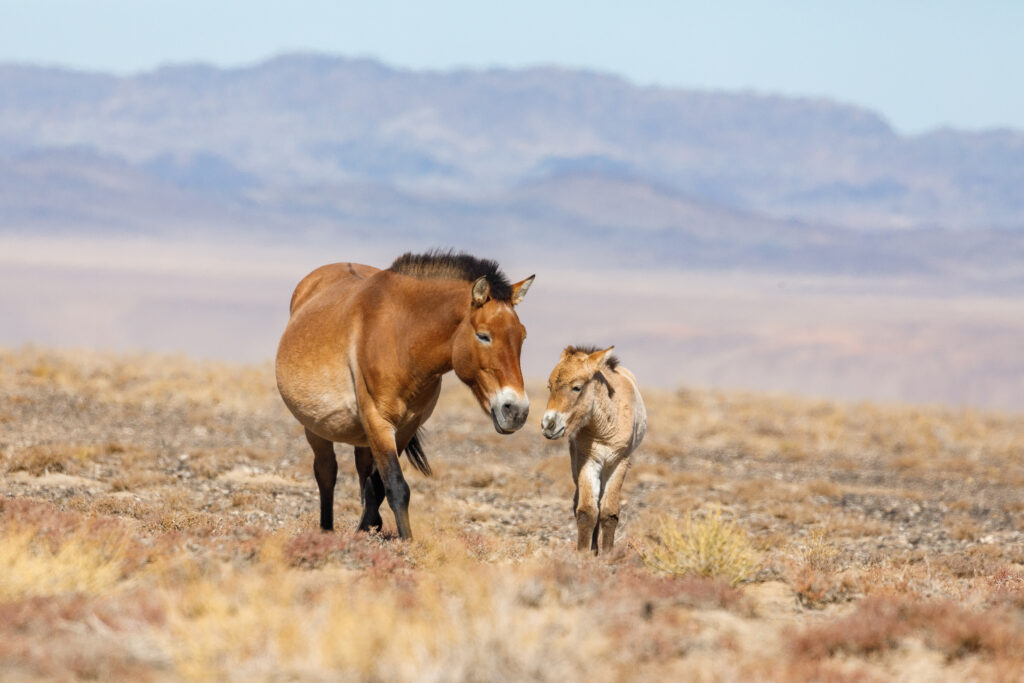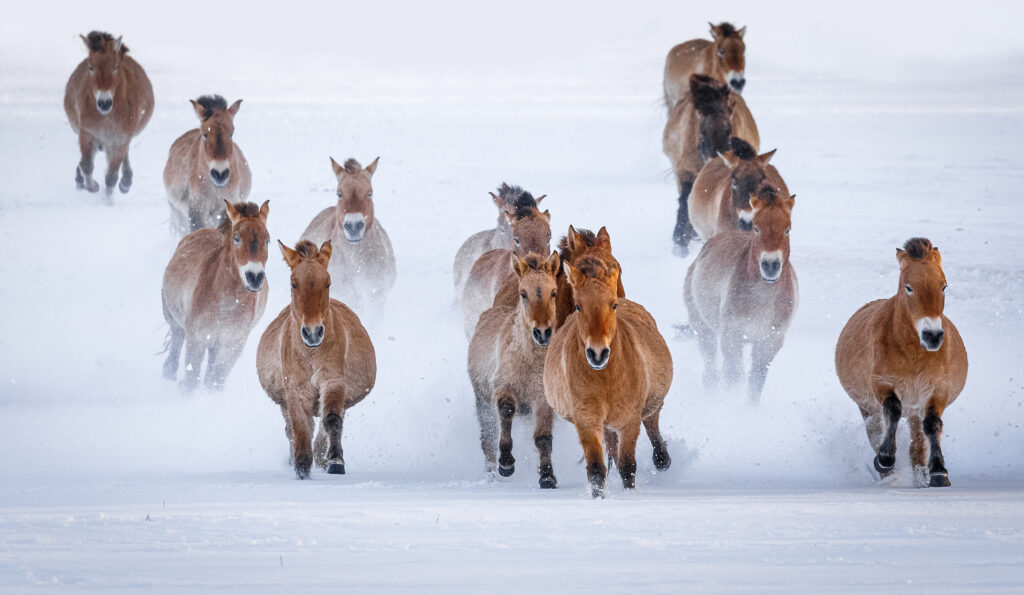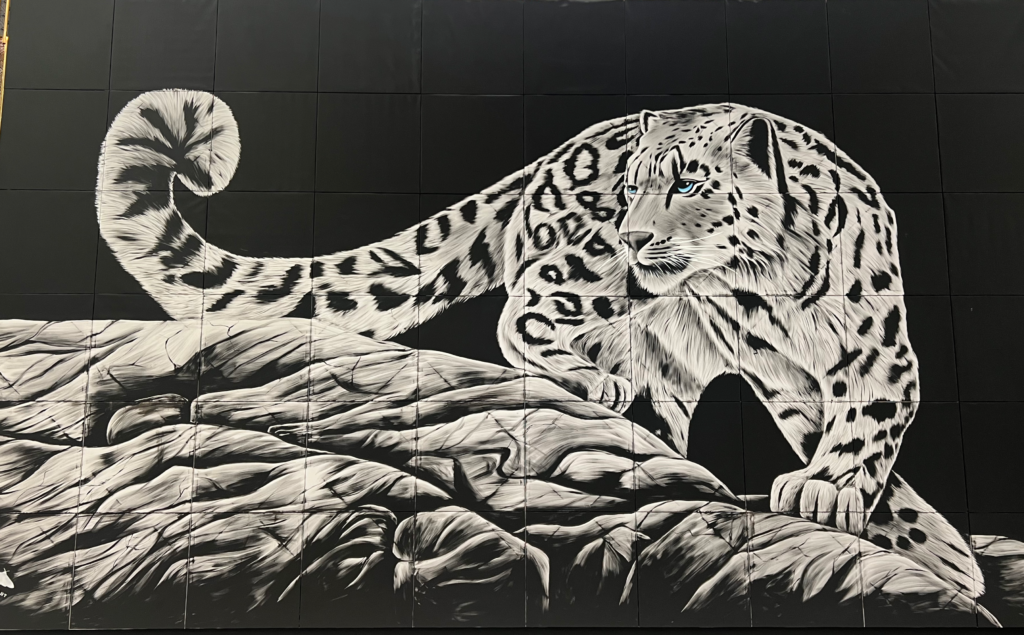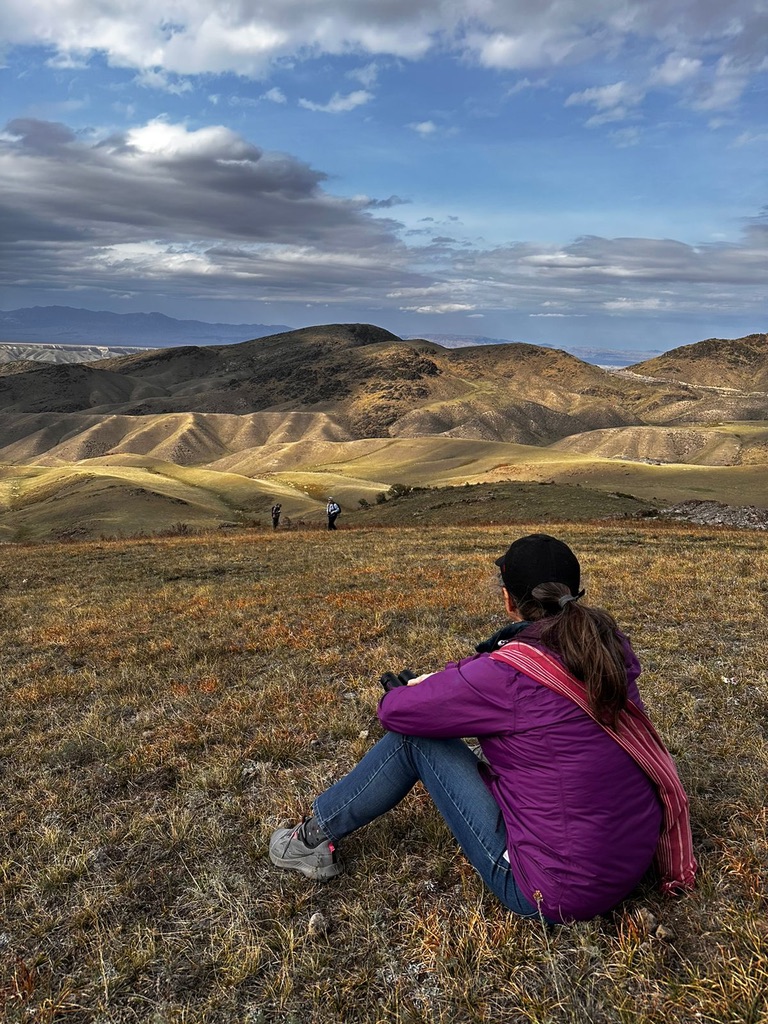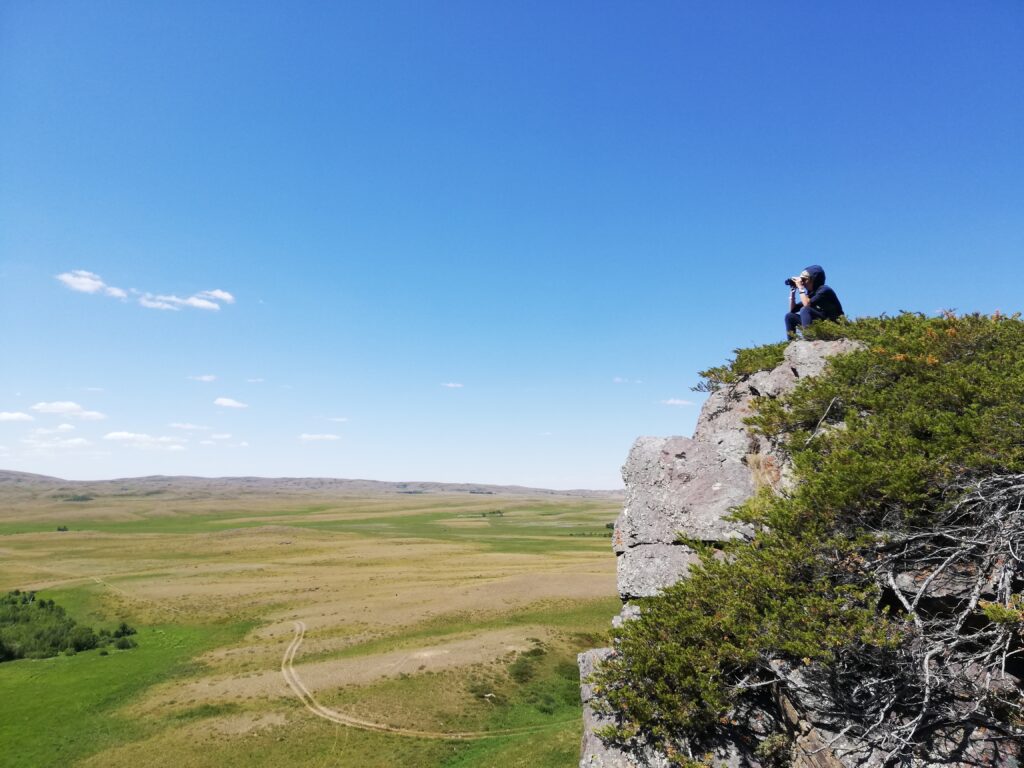Article
Every species counts on Endangered Species Day!
Earth is home to countless species and landscapes. Unfortunately, human activities destroying habitats and overheating the planet have pushed many species into decline, breaking fragile and complex relationships within entire ecosystems. Thousands of animal species are also in steep decline in Eurasia, from the Saker falcon to the Pallas’s cat. This growing damage to ecosystems…
Read MorePrzewalski’s Horse to return to Kazakh steppe
Plans are underway to reintroduce Przewalski’s horse, a genetic descendent of the Botai horses domesticated in Kazakhstan some 5,500 years ago, to Kazakhstan’s central steppes, following a more than 100-year absence from the country. Per terms of the multi-stakeholder agreement between government and zoological entities in Kazakhstan, Czechia, Germany, and Hungary, the horses will be…
Read MoreExperts in Samarkand, Uzbekistan warn migratory species in trouble
U.N. Report Paints Dire Picture for Migratory Species In February, together with Biodiversity Research on Conservation Center (BRCC) colleagues Director Jennifer Castner participated in the 14th Conference of the Parties to the Convention for the Conservation of Migratory Species (COP-CMS) held in Samarkand, Uzbekistan from 12-17 February 2024. Migratory species—mammals, birds, fish, and insects that…
Read MoreVolunteering opportunities
Our volunteer fieldwork program is just getting started in our new geography. We try to connect intrepid, fit, and self-funded travelers with conservation fieldwork opportunities. Our partner scientists and conservationists are involved in raptor (eagles, owls, vulture) research in Kazakhstan. As we build our programs, other opportunities will become available in other parts of Eurasia.…
Read MoreProject focus: Kazakhstan
Kazakhstan ranks as the largest nation in Central Asia and the world’s largest landlocked country. It share borders with Russia, China, Kyrgyzstan, Uzbekistan, Turkmenistan, and the Caspian Sea. A land of deserts and plateaus stretching across the rolling tablelands of the Eurasian landmass, approximately 20 percent of Kazakhstan is mountainous, dotted by the Tien Shan,…
Read More
